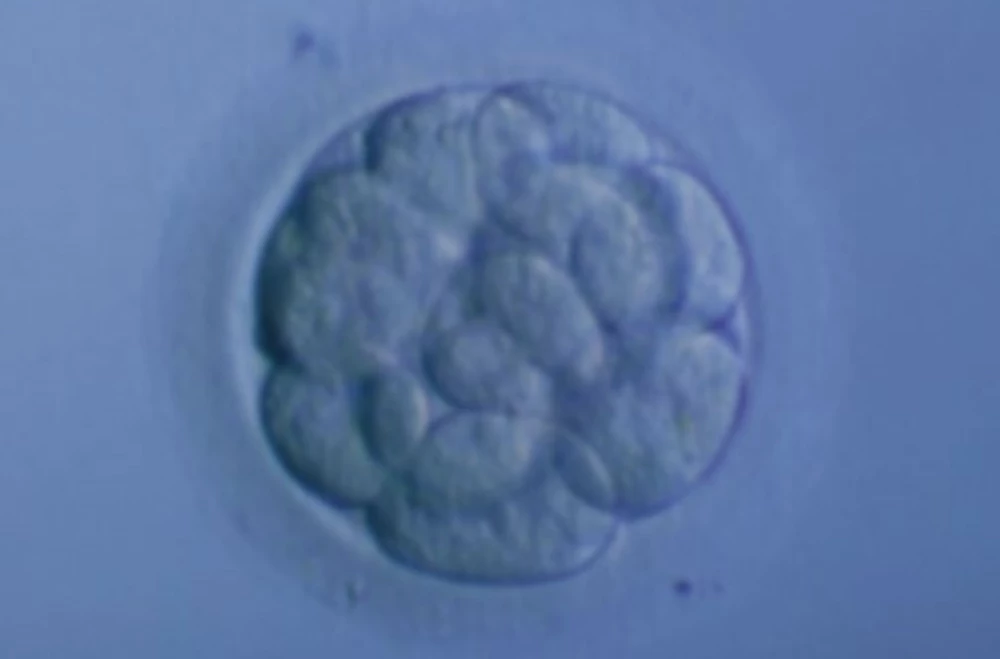Embryo Transfer (ET)
Also known as Fresh Embryo Transfer
How does it work?
The eggs are fertilized and are now called embryos. The embryos are cultured for between 2 to 5 days, depending on the number of fertilized eggs available.
- Embryo transfer is a minor procedure where the fertilized eggs are transferred into the womb via a very fine flexible catheter.
- An embryologist will meet with you to discuss your embryos and the number of embryos planned for your transfer.
- The number of embryos to be transferred depends on several factors such as the age of the woman, the quality of the embryos, and the wishes of the patient.
- Sunfert endeavors to transfer the optimum number of embryos to achieve the best results with the least risk of multiple pregnancies.
- Good embryos that are not transferred will be frozen for use in the future.
- Once you, the embryologist, and the doctor have confirmed the plan for the embryo transfer, the doctor will insert a speculum.
- A vaginal ultrasound will be used to visualize the uterine cavity.
- The embryologist will obtain the embryos and load them into the catheter. A small catheter is gently passed to the top of the uterus, through the cervical opening, where the embryos are placed.
- The catheter is then carefully removed.
- Following the Embryo Transfer, you will remain lying down for about an hour before discharged.
Most women would take about a week of rest from work or strenuous house duties to maximize the chance of success, though strict bed rest is unnecessary. You may get up to go to the bathroom, shower, and eat. You may also use stairs but avoid strenuous physical activity or heavy lifting. If you wish, your doctor will be able to provide a medical leave for this purpose.
During this period of time, you are required to insert progesterone pessaries (Cyclogest or Crinone) as well as progesterone injections to support the womb and the resulting pregnancy.

Frozen Embryo Transfer (FET)
Healthy embryos resulting from an IVF cycle but not transferred to the patient at the end of the cycle can be cryopreserved and stored. If the initial treatment was unsuccessful and you have excess embryos frozen, you may undergo a FET about 2 months later.
There is a trend to “freeze all” the embryos in the fresh cycle, to then transfer the frozen embryos later when the womb lining is more receptive.
There are a few protocols for the FET.
- The focus of the FET cycle is to build an optimal uterine lining and to identify the appropriate point in the patient’s cycle to transfer the embryos.
- In natural cycle FET, the doctor scans the patient frequently to identify ovulation and the embryos are transferred after the patient is given some progesterone.
- Some FET patients may also take hormone medications to prepare for the transfer.
- The medication prescribed is to keep your ovaries from ovulating during your cycle as ovulation causes the uterine environment to change, preventing accurate synchronization of your uterus with your embryos.
- The embryo transfer procedure is the same as the IVF procedure.


